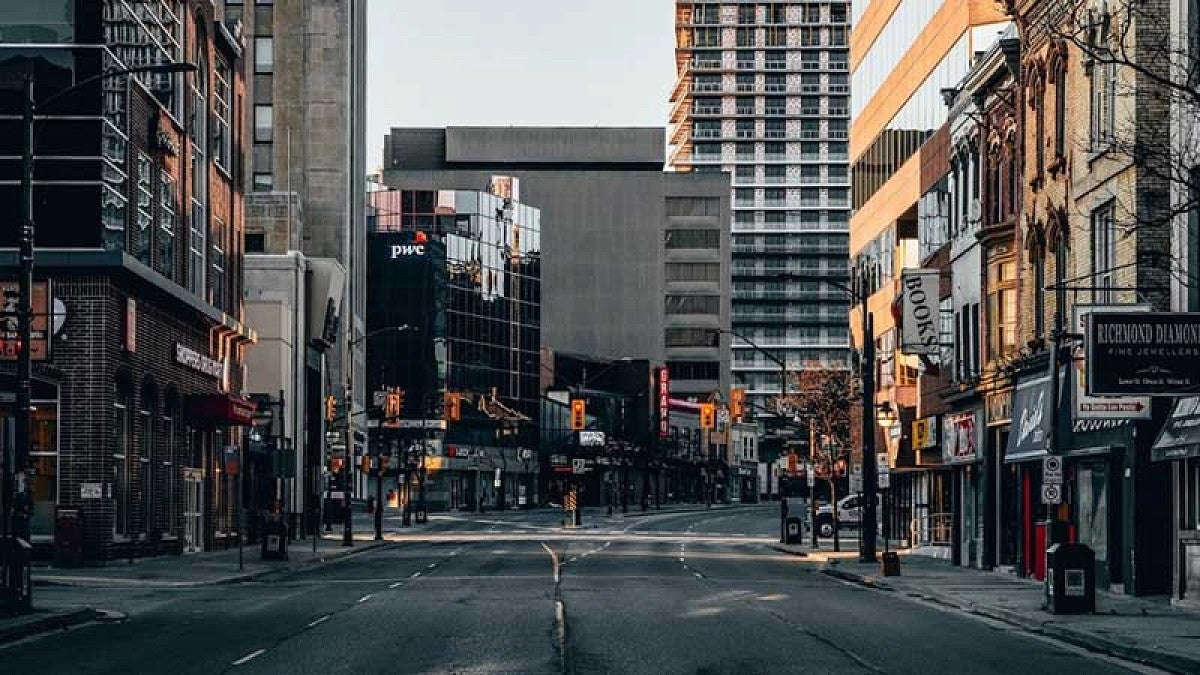COVID-19 is already shaping the city of tomorrow, with the potential to change everything from how people move through metro areas to how they value real estate, says the director of the University of Oregon’s Urbanism Next Center.
The virus era could severely affect shared transit, shared rides and bikesharing, with additional economic consequences if people continue to work from home and fuel e-commerce, said center director Nico Larco.
“This is really an all-hands-on-deck moment,” Larco said. “We all have to work together to figure out what is possible, share successes and failures, and have these conversations about how we can shape our future.”
Urbanism Next researchers are focusing their efforts on what community leaders can do to get ahead of potential changes in areas such as transportation, urban design, building design and land use. The Portland-based center, long focused on the effect of technology on cities, has not only been documenting the start of the COVID-19 era but also taking an interdisciplinary look at reopening and recovery.
“There are reasons for concern, but there are also reasons to be optimistic,” Larco said. “When we look at what a new normal might be in a positive sense, we can create a vision of the changes we want to see, look for opportunities and figure out how we can work together to get to that point.”
Armed with a large collection of up-to-date research on the effects of COVID-19, the Urbanism Next team created a new section on its website that lists these findings and highlights different topics from week to week.
Urbanism Next also addressed the impacts during its recent Virtual Forum, a timely discussion with a variety of industry leaders, academics and city planners. Forum panelists explained how COVID-19 has and will continue to have a cascading effect on equity, health and safety, the economy, and the environment.
“One of the most important things we can do right now is to stay well informed,” Larco said. “That’s why we are bringing such a diverse group of topics together in our research, to get a better picture of what is happening, so we can make smarter decisions.”
—By Rachael Nelson, University Communications


